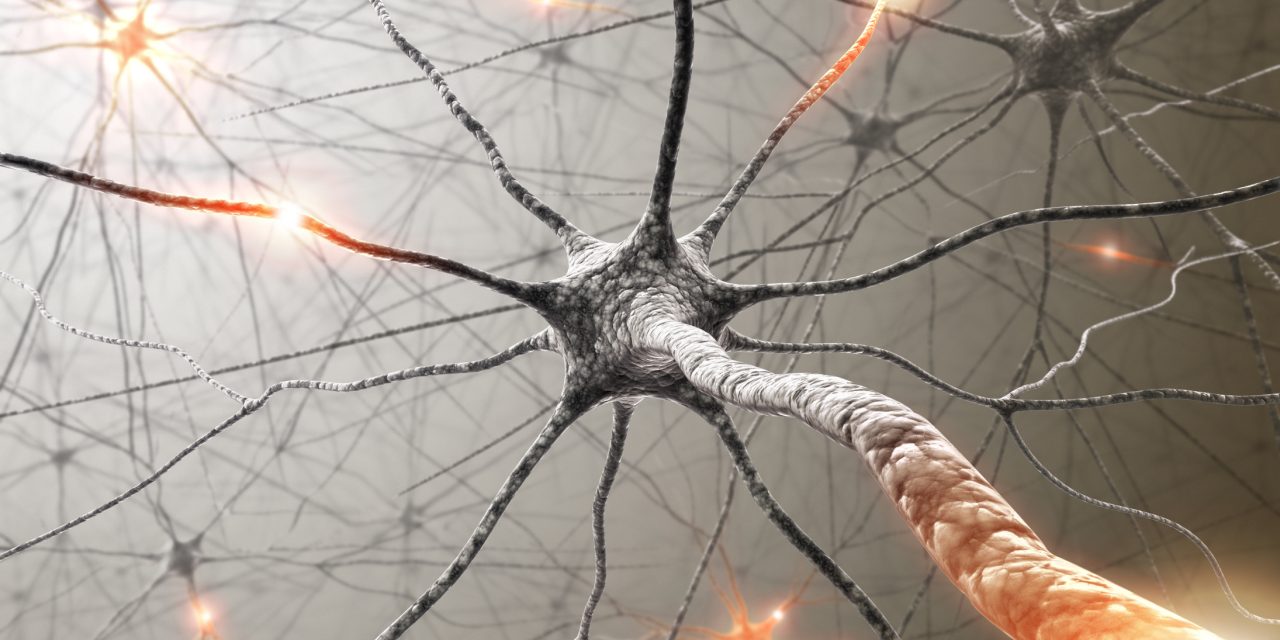Omega-3 polyunsaturated fatty acids (or omega-3 PUFAs, n-3 PUFAs) are essential nutrients throughout the life span. Recent studies have shown the importance of n-3 PUFAs supplementation during prenatal and perinatal period as a potential protective factor of neurodevelopmental disorders. N-3 PUFAs have been reported to be lower in youth with attention deficit hyperactivity disorder (ADHD), autism spectrum disorder (ASD) and major depressive disorder (MDD). N-3 PUFAs supplementation has shown potential effects in the improvement of clinical symptoms in youth with ADHD, ASD, and MDD, especially those with high inflammation or a low baseline n-3 index. Moreover, it has been suggested that n-3 PUFAs had positive effects on lethargy and hyperactivity symptoms in ASD. For clinical application, the following dosage and duration are recommended in youth according to available randomized controlled trials and systemic literature review: (1) ADHD: a combination of eicosapentaenoic acid (EPA) + docosahexaenoic acid (DHA) ≥ 750 mg/d, and a higher dose of EPA (1,200 mg/d) for those with inflammation or allergic diseases for duration of 16-24 weeks; (2) MDD: a combination of a EPA + DHA of 1,000-2,000 mg/d, with EPA:DHA ratio of 2 to 1, for 12-16 weeks; (3) ASD: a combination of EPA + DHA of 1,300-1,500 mg/d for 16-24 weeks as add-on therapy to target lethargy and hyperactivity symptoms. The current review also suggested that n-3 index and inflammation may be potential treatment response markers for youth, especially in ADHD and MDD, receiving n-3 PUFA.
Nutritional Neuroscience as Mainstream of Psychiatry: The Evidence- Based Treatment Guidelines for Using Omega-3 Fatty Acids as a New Treatment for Psychiatric Disorders in Children and Adolescents.


